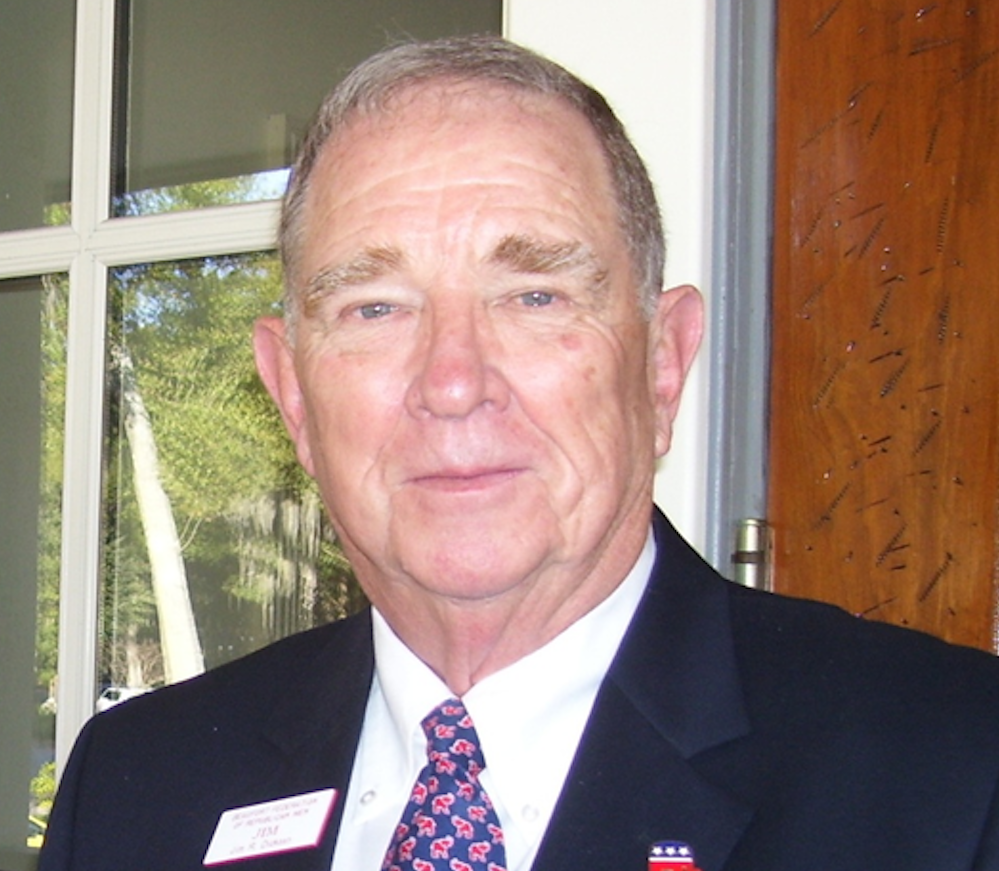By Paul Hyde
In these contentious times, perhaps we can all agree on at least one thing: Bridges are not supposed to fall down.
I mention this fact because we should not underestimate the significance of the recent partial bridge collapse in Pickens County.
It’s the canary in the coal mine, a warning.
The photos are disturbing. Take a good look at them.
We should keep them in mind.
Experts have warned us for years about the poor quality of South Carolina’s roads and bridges, hinting perhaps that something like the partial bridge collapse could happen.
And it happened. Luckily, no one was injured or killed.
It would be a mistake to dismiss this as a freak occurrence rather than recognizing it as a symptom of legislative neglect.
The state Highway 133 (Crowe Creek Road) bridge was 57 years old and slated to be replaced later this year. Because of its age and condition, it was load restricted, meaning trucks and other heavy vehicles were not supposed to use it, as the S.C. Daily Gazette’s Skylar Laird reported.
But a truck weighing more than the posted 15-ton limit crossed it anyway and apparently caused the collapse.
We can blame an irresponsible driver, but we should not overlook the fact that about a third of the 8,400 state-maintained bridges are, like the Highway 133 bridge, near or past their intended lifespan.
About 500 bridges date back at least 90 years. That’s cause for deep concern.
For decades, state lawmakers have failed to adequately fund road and bridge maintenance and replacement.
Our South Carolina roads and bridges are often ranked among the worst in the nation. Likewise, the poor quality of our roads contributes to a high motorist fatality rate.
Fixing state roads and bridges is not just about saving wear and tear on our cars. It’s about saving lives.
And it’s a fundamental responsibility of state government to make sure our roads and bridges are safe. It’s not liberal or conservative. It’s just good government.
Most South Carolinians keenly understand our road and bridge problems.
It’s a common complaint, heard everywhere: “We have lousy roads.”
We drive on those roads. We know what we’re talking about.
Decades of underfunding
Too many of us accept it as a fact of life that South Carolina has always had bad roads and bridges and always will have bad roads and bridges — as if it’s fate or the will of a malign deity.
Sure, we grumble about the roads, but not loudly enough. Our expectations of state leaders are much too low.
We need to realize that bridge collapses like the one in Pickens County actually are rare in the United States, especially considering that there are more than 600,000 bridges across the country.
Most bridges are regularly inspected and maintained according to strict federal and state guidelines. (We should remember this next time a politician uses “cutting regulations” as an applause line.)
But a 2021 study by the American Society of Civil Engineers gave South Carolina a D+ for infrastructure overall — more specifically, a D for roads and a C for bridges.
That report identified almost 11% of South Carolina bridges as structurally deficient, higher than the national average of 7.5%.
Another study put the number of structurally deficient bridges in the state at 745. A 2022 survey ranked South Carolina near the top, No. 9, for the worst roads in the nation.
Legislators have made some progress on improving our roads and bridges in recent years, but it’s not enough to make up for decades of underfunding.
A bold new plan called Momentum 2050 offers great hope for upgrading our roads. But it carries a price tag of $1 billion additional yearly, and there’s no plan to fund it, as S.C. Daily Gazette Editor Seanna Adcox pointed out in a detailed commentary tracing the history of our road woes.
Redoubling efforts
State leaders must redouble their efforts to protect South Carolinians on the roads.
New revenues may be needed. One thing state leaders shouldn’t do is cut taxes by $1 billion, as they have in recent years, when our infrastructure is in terrible shape. They shouldn’t prioritize tax cuts over public safety.
In addition, state lawmakers should consider raising the gas tax again. That would require considerable political will, particularly in an election year. Yet, hope springs eternal.
South Carolina’s gas tax is still fairly modest. As of January 2024, it ranked 29th in the nation at 28.75 cents per gallon, compared to neighboring Georgia’s 33.05 cents per gallon and North Carolina’s 40.65 cents.
The time is ripe for these discussions. With an election year approaching, politicking has already begun with five Republican candidates running for governor so far.
Roads and bridges should be a central part of the debate. Strong-willed leadership is needed in Columbia.
In the rush of news, we should all be concerned that this partial bridge collapse might be quickly forgotten.
Instead, it should become the poster child that spurs bridge and road improvement in South Carolina.
It’ll be up to South Carolinians to keep roads and bridges front and center on the state’s agenda.
Paul Hyde is a longtime journalist and teacher in the Upstate. He worked 18 years for the Greenville News as a columnist, editorial writer, education reporter and arts writer. He holds undergraduate and graduate degrees from Clemson and Harvard universities. He has written for the Houston Chronicle, Dallas Morning News and USA Today, among other publications. He currently is a regular contributor to the Greenville Journal, Atlanta Journal-Constitution and Classical Voice North America.










